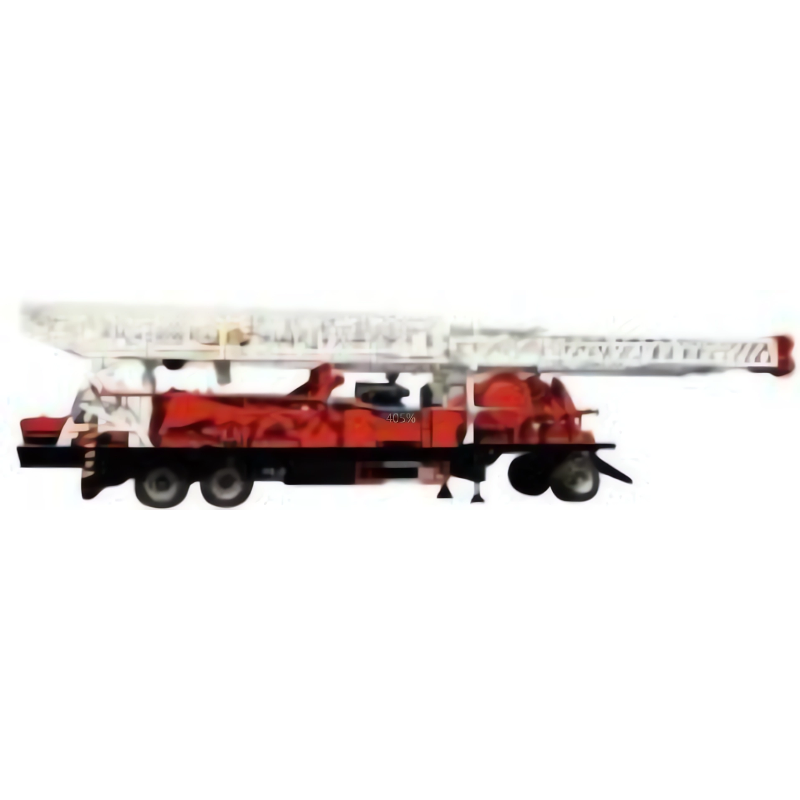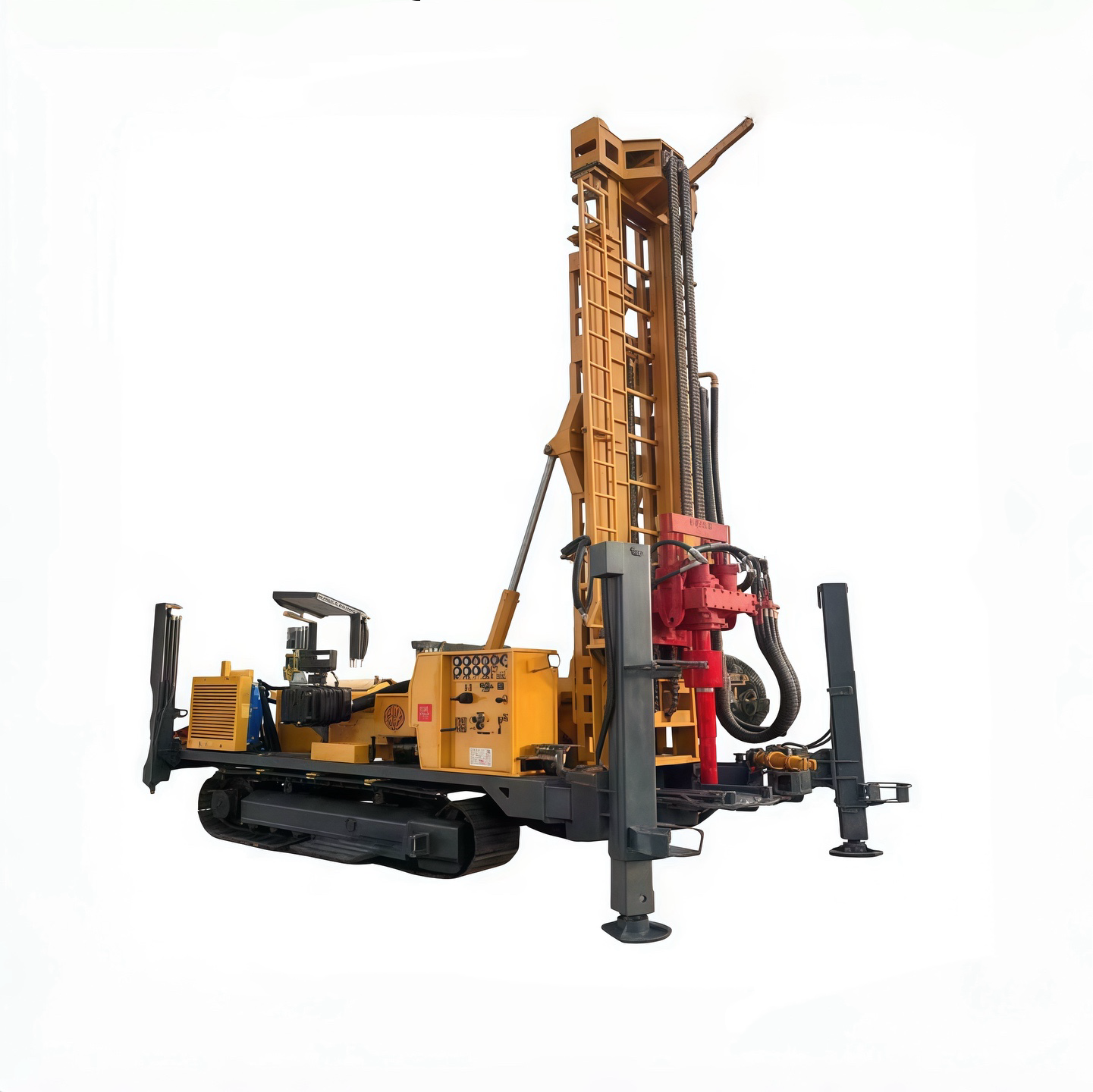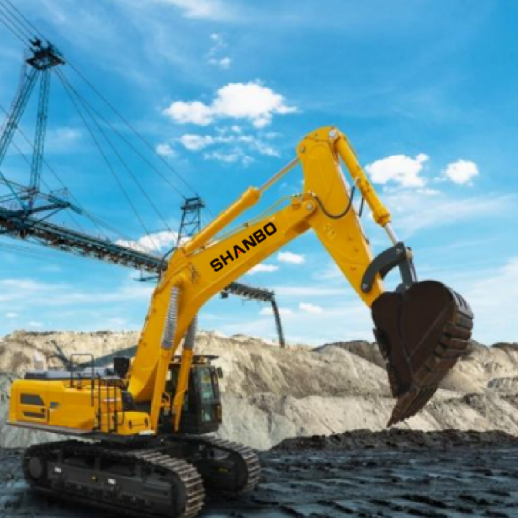Bulldozer vs Excavator: A Comprehensive Comparison of Power and Performance
When it comes to construction and earth moving gear, bulldozers and excavators are definitely among the big hitters on any job site. Both machines get plenty of work done across various projects, though each has its own specialty that makes them better suited for certain jobs than others. At first glance, these beasts can appear somewhat alike, but dig deeper and there's actually quite a gap between how they're built, what they do best, and how operators handle them day to day. Understanding these differences isn't just academic knowledge either something contractors learn through trial and error when trying to match equipment capabilities with actual field requirements.
Professionals in the construction industry often deliberate between using bulldozers or excavators based on distinct factors such as power, functionality, and cost-efficiency. Understanding the nuances of these machines is crucial for optimizing project results, saving costs, and ensuring timely completion of tasks.
This article explores the fundamental aspects of bulldozers and excavators, providing industry insights into their applications, performance metrics, and economic considerations to assist you in making informed equipment choices.
Understanding the Basics of Bulldozers and Excavators
Bulldozers are powerful heavy machinery designed for tasks such as clearing land, moving soil, and grading surfaces. A distinctive feature of bulldozers is their robust blade mechanism, which allows them to effectively push large quantities of soil, sand, and debris.
Bulldozers are pretty much essential at construction sites because they can handle all sorts of terrain, particularly when major changes need to be made to the land. These machines work great for grading dirt and clearing away obstacles from the ground. What really helps them out is their track system. Those tracks give extra grip and keep the machine stable even when working on rough or wet ground. Contractors know this well since they see these machines tackle jobs no other equipment could manage, especially after heavy rains when everything gets muddy.
In contrast, excavators are distinguished by their hydraulic arms and bucket attachments, which are crucial for performing various tasks such as digging, lifting, and loading materials. Unlike bulldozers, excavators offer multiple bucket options that can be swapped to suit different job requirements, from deep digging to precise material handling.
What makes excavators so valuable goes way beyond just digging holes. These machines can actually take on all sorts of different jobs when equipped with attachments such as rock breakers or log grapples. Suddenly what starts as a simple digging machine becomes capable of smashing through concrete walls or grabbing huge logs during land clearing operations. Behind this versatility lies the powerful hydraulic system that gives operators precise control over every movement. That's why construction sites and road building projects simply cannot function without these heavy duty workhorses. From small residential developments to massive mining operations across remote areas, excavators remain indispensable whenever there's need for flexible earth moving solutions that adapt to changing site conditions day after day.
Bulldozers and excavators are essential workhorses on construction sites, each bringing something different to the table depending on what the job requires. These machines really boost how fast things get done whether it's building highways or just clearing land for a small residential development. When contractors actually know what each machine does best, they can pick the right one for the task at hand. This knowledge makes all the difference in getting the most out of limited resources while still meeting project deadlines without unnecessary delays.
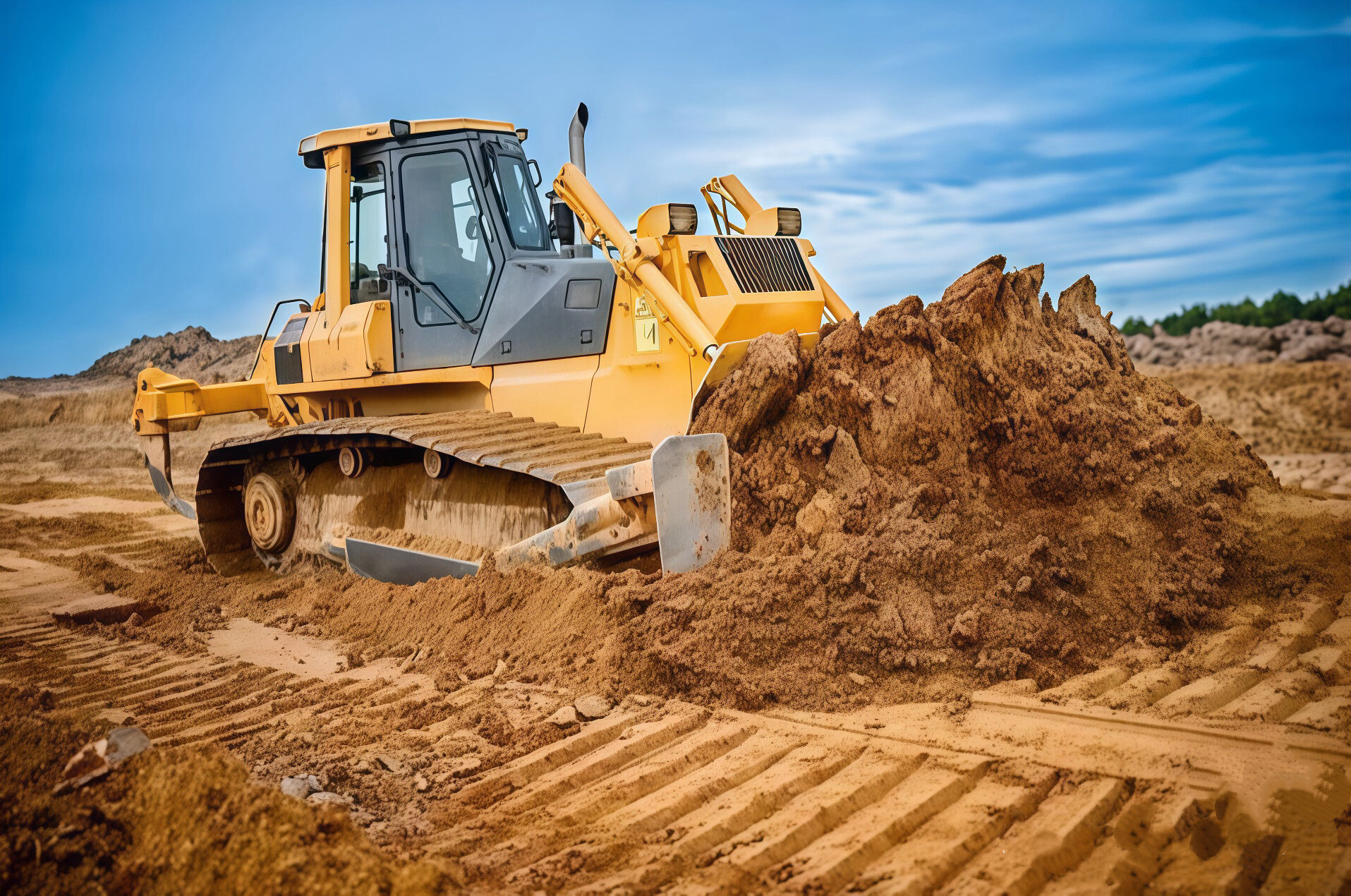
Key Differences in Functionality: Bulldozer vs Excavator Comparison
Bulldozers are really important machines on construction sites, roads, and when leveling land because they just plain have tons of power and muscle. These big machines push around massive amounts of dirt, sand, rocks, and all sorts of debris while working on building projects. What sets them apart is that strong front blade which does most of the heavy lifting. This design allows operators to flatten out areas so buildings can sit properly on solid ground. Companies such as Shanbo Construction Machinery now offer these powerful machines with lots of new tech built in, making them last longer and work better even under tough conditions where regular equipment would break down.
In scenarios like highway construction, bulldozers excel in clearing large land areas and preparing them for further development by displacing large amounts of material efficiently. This capability manifests their core functionality in industries requiring significant earthmoving capabilities and site preparation, such as mining and large-scale infrastructure projects.
Excavators bring something different to the table compared to other machines, mainly because of those versatile hydraulic arms they come with. These arms can be fitted with all sorts of buckets depending on what needs doing - from digging really deep holes to creating trenches or even breaking apart concrete structures. What makes excavators stand out is how precisely they can work while still being so adaptable. They're basically indispensable when it comes to laying down underground utilities like gas lines or water mains where accuracy matters a lot. Take Shanbo excavators for instance. Built tough with designs that actually hold up in real field conditions, these machines handle everything from soft soil to rocky terrain without missing a beat. Many construction professionals swear by Shanbo models specifically because they deliver solid performance day after day without costing an arm and a leg upfront.
The fact that these machines can swap out attachments makes them incredibly versatile for all sorts of jobs outside just digging holes. They handle everything from moving materials around sites to cutting through trees in forested areas and even cleaning out waterways. Take demolition work for instance. When buildings need to come down, excavators equipped with special attachments like hydraulic shears or wrecking balls get the job done efficiently. These tools are specifically built to break apart different types of construction materials safely. And let's not forget about price points either. Shanbo has managed to keep costs reasonable while still delivering quality equipment, which is why so many contractors keep coming back to them year after year for their excavation and other heavy duty requirements across multiple industries.
Power and Performance: Evaluating Bulldozers vs Excavators
Engine power remains one of the key factors when looking at how powerful and effective bulldozers really are. Most models come with pretty strong engines that can go anywhere from around 80 up to even 600 horsepower. This kind of muscle lets them tackle those tough jobs without breaking a sweat. What makes these machines so good at what they do is their torque output. The way torque works gives bulldozers that extra push needed to move massive amounts of dirt, rock piles, and other heavy stuff across construction sites or mining operations daily.
Excavators really show what they're made of when looking at how well they perform across different situations. The main factors people check include how much weight they can handle, how deep they can dig, and just how fast they operate overall. Most standard models manage around 10 feet down into the ground, but some heavy duty versions go all the way to 60 feet or more. Small compact units work great for tight spaces in cities where big machinery would struggle, while those massive hydraulic machines dominate major infrastructure jobs such as building highways and bridges. When it comes to lifting power, most excavators sit somewhere between 2k and 50k pounds worth of material. That kind of strength makes them indispensable for tasks needing careful control, whether tearing down old structures or digging precise trenches for utilities.
When looking at different kinds of heavy machinery, we see they each bring something special to the table depending on what the job calls for. Bulldozers really shine where raw power matters most, like when dealing with tough ground conditions or knocking down obstacles in rough terrain. For digging deep holes or working around delicate structures, excavators take center stage because they can stretch out further while still maintaining control over smaller details. The folks running construction sites know this stuff inside out, so they pick between these machines based on exactly what kind of work lies ahead from day to day.
Operational Efficiency of Bulldozers and Excavators
The operational efficiency of bulldozers and excavators plays a crucial role in construction projects, impacting both fuel efficiency and overall costs. Bulldozers typically have high fuel consumption rates due to their robust builds and heavy workloads.
Excavators tend to run on less fuel compared to their counterparts. Research published in the Journal of Construction Engineering shows that these machines typically burn about 20 to 30 percent less fuel than bulldozers for similar jobs around construction sites. The lower fuel burn means money savings for operators over time, plus they don't have to stop as often to refuel, which keeps projects moving forward without unnecessary delays. For companies managing multiple machines, this difference adds up significantly across entire fleets.
When it comes to getting projects done on time, different machines bring their own special skills to the table. Take bulldozers for instance they're basically built for jobs where massive pushing force is needed and when big areas need clearing fast. That's why they show up so often at sites doing land leveling or building roads from scratch. A look at data from the Global Construction Review shows real world examples where bulldozers cut down road grading times substantially because these machines handle rough terrain without breaking a sweat, something other equipment just can't match.
Compact excavators really shine when working in tight spots where bigger machines just can't fit. Their nimble movements allow workers to complete jobs faster without needing so many manual interventions for things like trench work around buildings or under pipes. What makes these machines even better is how they can take on different attachments. A single machine might start the day digging foundations and then switch to loading debris onto trucks later on. Construction crews have noticed this flexibility actually cuts down on delays because they don't have to wait for specialized equipment. Plus, managing resources becomes much simpler when one piece of machinery handles multiple roles across different stages of a project.
Looking at actual field data reveals how bulldozers and excavators get used differently across various sectors, whether it's paving roads or digging through mine sites. Companies working on big infrastructure jobs over months or years find that mixing when to use each machine makes a real difference in getting work done faster while spending less money overall. The bottom line is picking the right heavy equipment matters a lot depending on what exactly needs to be built and what kind of terrain workers are dealing with day to day.
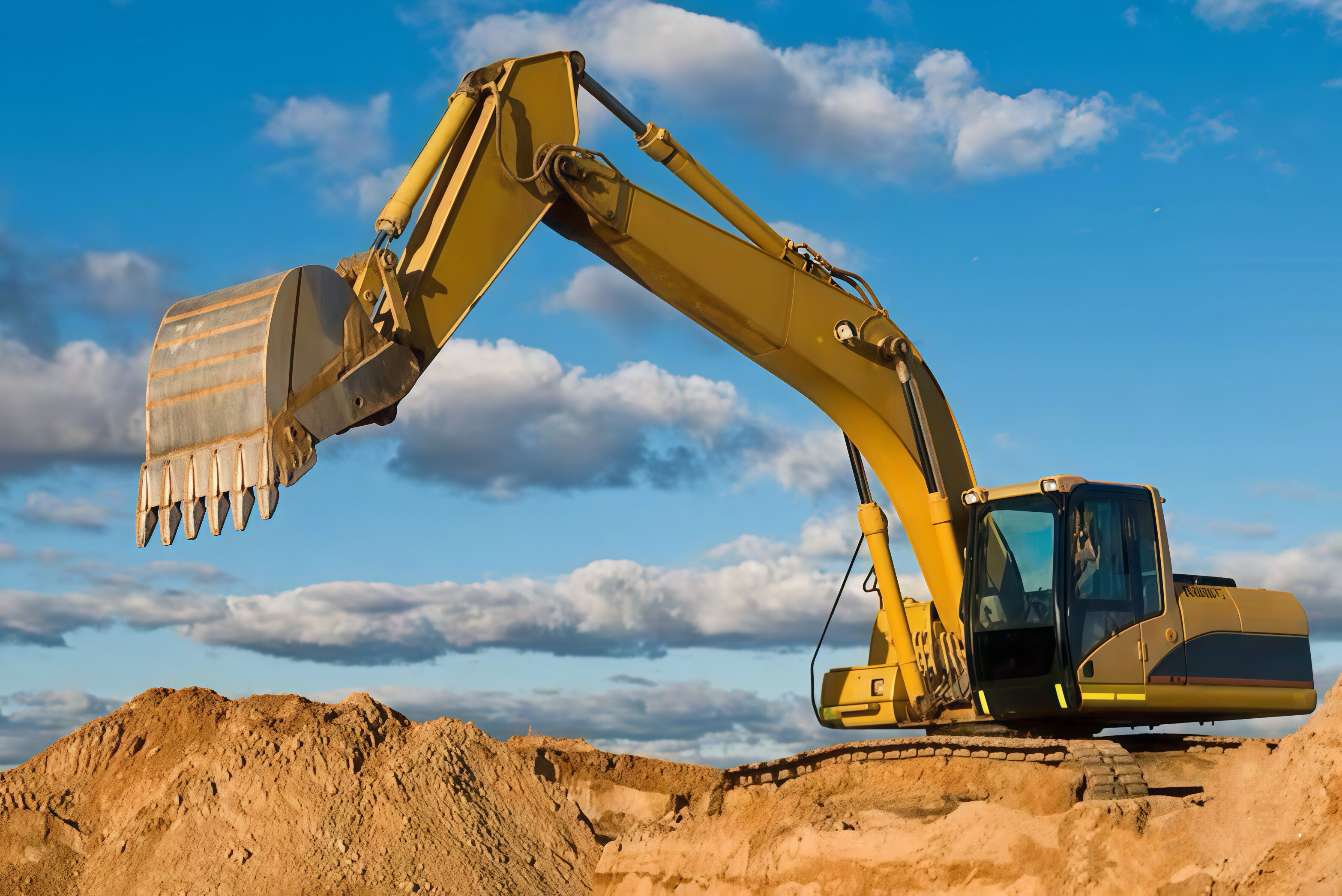
Cost Analysis: Bulldozer vs Excavator Prices
Bulldozer prices fluctuate quite a bit depending on things like when they were made, what extra features come with them, and where someone happens to be looking. Smaller units might start around thirty grand while those big heavy duty ones used in major construction projects can hit seven figures or more. Looking at global markets shows interesting patterns too. Places in Asia and across parts of Africa often offer better deals because local factories produce these machines there plus there's growing need for earth moving equipment as countries build out their infrastructure networks. Companies such as Shanbo stand out in this space though. Their bulldozers seem to hit that sweet spot between reasonable costs and incorporating modern tech without breaking the bank for operators who need reliable machinery day after day.
Looking at excavators available on the market shows a clear gap in pricing between small compact units and big hydraulic machines. Compact models tend to handle smaller jobs around town like fixing sidewalks or planting trees, and usually fall somewhere between twenty grand and a hundred thousand dollars. When we get into the bigger hydraulic excavators needed for serious earth moving work, prices jump dramatically up to half a million bucks sometimes. What determines how much someone pays varies quite a bit depending on who made them, what kind of tech they've got inside, and where people happen to need them most right now. Take Shanbo machines for instance these Chinese built beasts have gained popularity among contractors working on major infrastructure projects because they just keep going without breaking down even after years of tough use.
Premium brands usually come with a bigger price tag because they deliver extra features and work better overall. When shopping around for excavators or bulldozers, smart buyers look at things like how much the machine will be worth later, what kind of warranty comes with it, and just how much fuel it burns during operation. These practical considerations help people avoid costly mistakes down the road. Shanbo offers quite a range of construction gear from compact models suitable for tight spaces all the way up to heavy duty machines built for tough jobsites. Their products strike that tricky balance where cost doesn't eat into quality too much while still delivering solid performance when it matters most.
Applications and Industry Use Cases
In construction and mining work, bulldozers and excavators stand out as key equipment, though they serve different purposes on site. When it comes to bulldozers, these big machines shine at jobs like clearing land, leveling surfaces, and working on mining operations. What makes them so valuable is their sheer power to push through tough terrain and flatten uneven ground. Farmers, loggers, and miners rely heavily on these beasts of burden because nothing else gets the job done quite like them when dealing with rough landscapes or heavy material removal.
Shanbo stands out as one of the top names in this sector, manufacturing powerful bulldozers that tackle tough jobs day after day. These machines are indispensable at big mines where they push aside tons of rock and dirt while building the roads needed to get equipment into place. Real estate companies also rely heavily on Shanbo's dozers when clearing massive plots of land before any buildings can go up. Pricing isn't fixed since costs jump around based on how big the machine is and what extra features come standard. The fancy models come packed with smart controls that actually save money in the long run by making operations smoother and faster.
Shanbo excavators tend to shine when jobs need careful control and long reach capabilities. They've become go-to equipment for many construction sites and city expansion projects where getting into tight spots matters most. What sets them apart? These machines handle trench digging with ease, tackle foundation work efficiently, and can even take down old buildings without causing unnecessary damage. Plus, they manage material transport in those awkward, cramped work areas that regular machinery just can't navigate properly. Contractors who've used them report fewer delays and better results on complex jobs.
Shanbo's compact excavators really shine in city environments where space is tight but work needs to get done efficiently. These machines can squeeze into narrow spots that larger equipment simply cannot reach, making them invaluable for urban construction projects. Take roadwork or building maintenance as good examples. When working on infrastructure like bridges or high rise buildings, the extended arm option lets operators handle materials at impressive heights without having to set up additional scaffolding or platforms. This capability saves time and money while keeping workers safer during complex construction tasks.
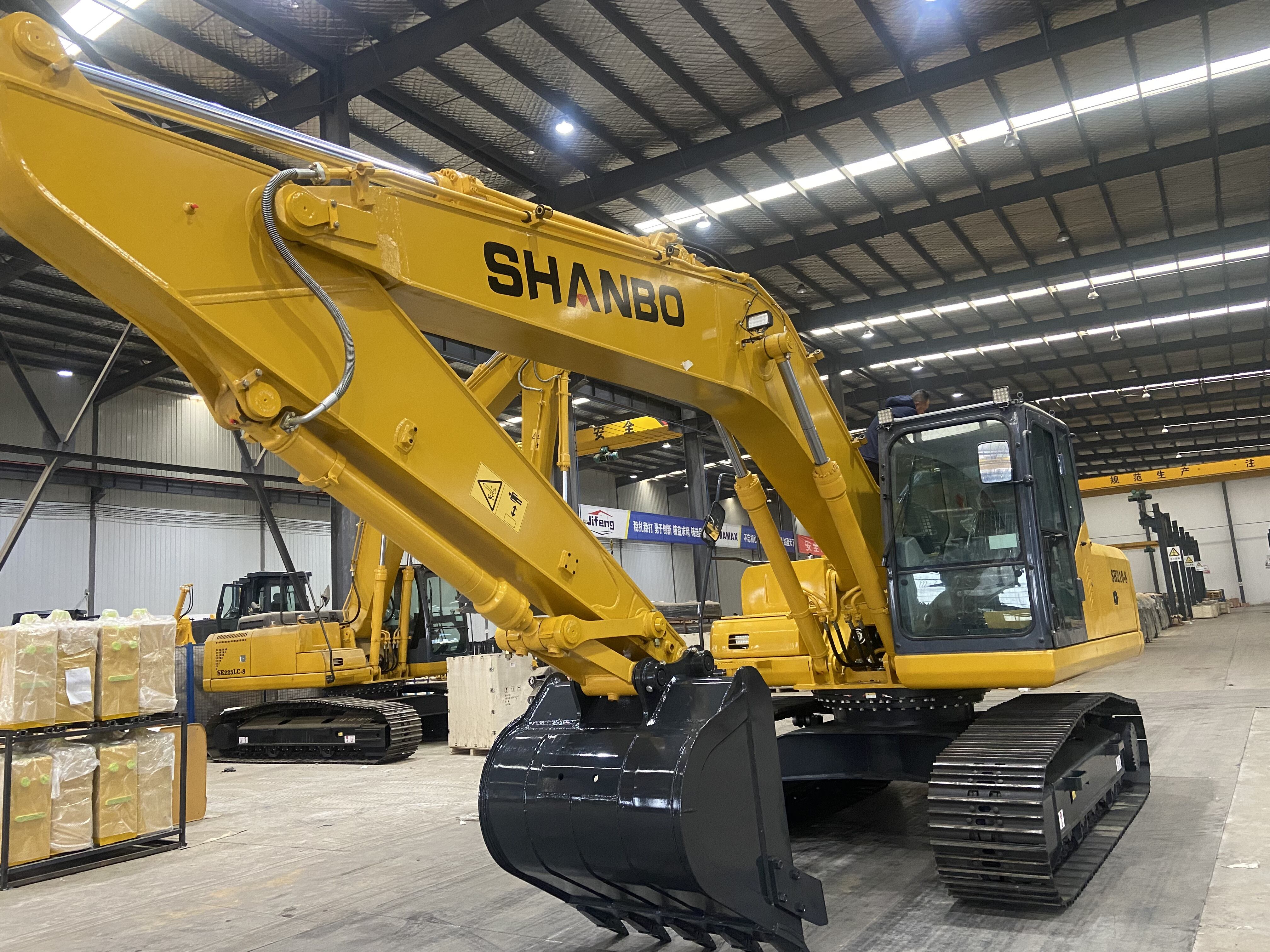
Conclusion: Making the Right Choice Based on Bulldozer vs Excavator Comparison
Choosing between a bulldozer and an excavator depends on various factors including functionality, efficiency, and cost. Bulldozers, with their robust build and powerful engines, are ideal for heavy-duty tasks like land clearing and grading, which require brute strength over precision.
On the other hand, excavators are unmatched when it comes to versatility and precision. Their ability to handle multiple attachments makes them indispensable for projects involving trenching, digging, and demolition. Understanding these functional differences is crucial in determining which machine suits your specific project requirements best.
Choosing between a bulldozer and an excavator really comes down to what kind of work needs doing, how much money is available upfront, and what matters most in the long run for business operations. Big mining operations or massive land clearing jobs typically get better value from bulldozers because these machines just plain have more brute strength and can push through all sorts of terrain without breaking a sweat. But when working inside cities where space is limited and delicate digging is required around existing structures, excavators tend to make more sense. Think about those narrow alleys between buildings or underground utility installations – that's where the excavator's arm and bucket come into play, letting operators reach places a bulldozer simply couldn't manage safely.
Anyone thinking about buying equipment should really sit down and figure out exactly what they need before making a purchase. Things like what kind of work needs doing, how rough the job site might be, and how much money can actually be spent all matter a lot. Taking time to think through these details helps folks pick the right machine for the job at hand. The best machines aren't always the most expensive ones either. Sometimes spending a little extra upfront saves headaches later on when trying to get the job done right without breaking the bank.
Recommended Products
 Hot News
Hot News
-
“Water Savior” 200 m Reverse Circulation Water Well Drills Arrive in Uzbekistan
2025-03-28
-
Bulldozer Transport Guide: Best Practices, Safety Tips, and Cost Factors
2025-12-15
-
A Complete Guide to Construction Equipment Shipping: Methods, Costs, and Tips
2025-12-12
-
How Bulldozer Work Gets Done: Key Tasks, Techniques, and Applications
2025-12-11
-
Exploring the Capabilities of the Biggest Excavator in the World
2025-12-10
-
Essential Bulldozer Equipment: Components, Attachments, and Uses
2025-12-09



